Garlic Butter Mushroom Steak Skillet Flavorful Delight
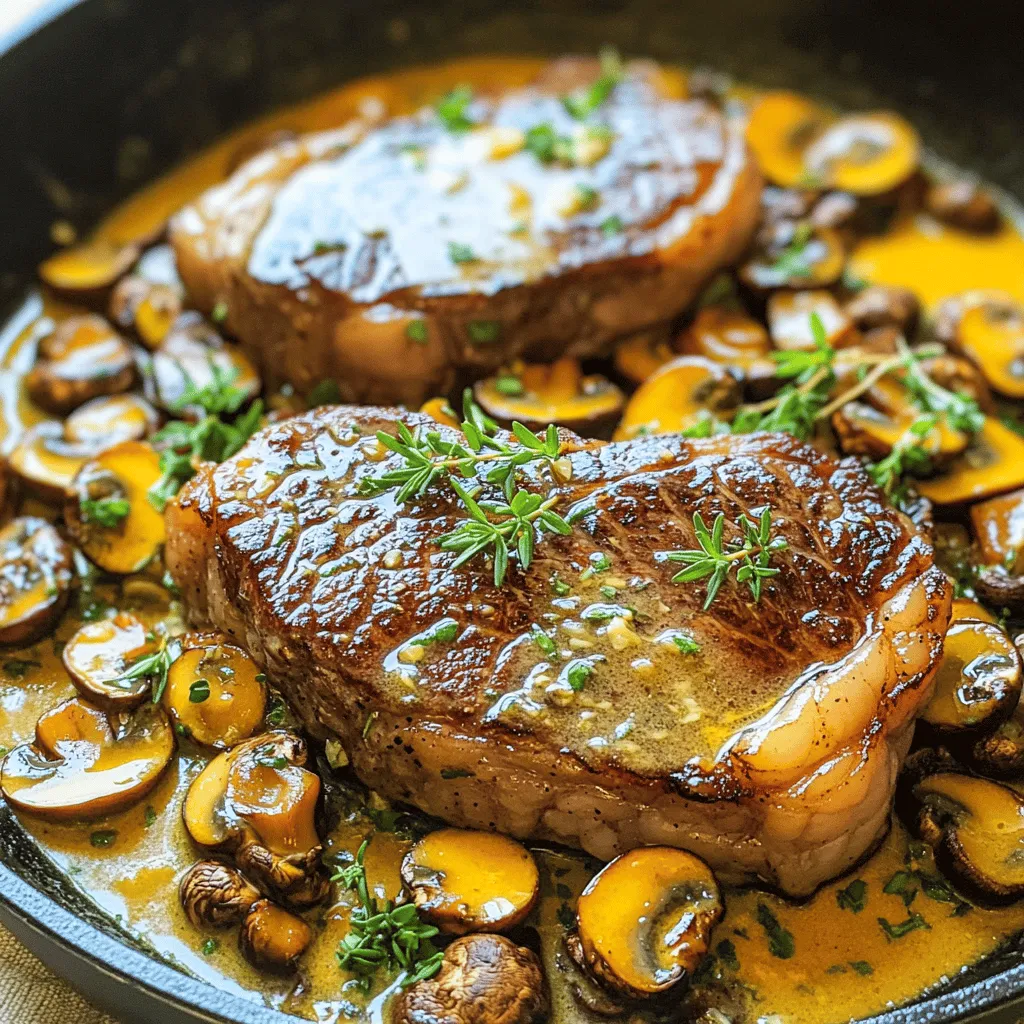
If you’re craving a meal that’s rich in flavor and easy to make, you’ve found it. My Garlic Butter Mushroom Steak Skillet combines tender ribeye steaks, savory mushrooms, and mouth-watering garlic butter. This hearty dish is perfect for a weeknight dinner or impressing guests. In just a few simple steps, you’ll create a meal that’s not only delicious but visually stunning. Ready to dive into this flavorful delight? Let’s get cooking!
Ingredients
List of Essential Ingredients
– 2 ribeye steaks (approximately 1-inch thick)
– 8 oz cremini mushrooms, thinly sliced
– 4 cloves of garlic, finely minced
– 4 tablespoons unsalted butter
– 2 tablespoons extra virgin olive oil
Seasoning and Garnish
– Salt and black pepper
– Fresh thyme
– Fresh parsley
Gathering the right ingredients is key to making this dish shine. First, select two ribeye steaks. They should be about one inch thick for the best sear and flavor. Ribeye has a rich taste due to its marbling. Next, grab eight ounces of cremini mushrooms. These mushrooms add depth and a lovely earthiness to your dish.
You will also need four cloves of garlic. Mince them finely to release their strong flavor. Don’t forget the unsalted butter— you will want four tablespoons to create that creamy garlic sauce. Extra virgin olive oil helps with the sear, so keep two tablespoons on hand.
For seasoning, use salt and freshly cracked black pepper. They will enhance the natural flavors of the steak and mushrooms. Fresh thyme adds a nice herbal note, while freshly chopped parsley brightens the dish and makes it visually appealing. These simple ingredients come together to create a flavorful delight that will impress anyone at your table.
Step-by-Step Instructions
Prepping the Steaks
To start, take the ribeye steaks out of the fridge. Let them sit for about 30 minutes. This helps them cook evenly. Pat them dry with a paper towel. Dry steaks sear better. Next, season both sides well with salt and freshly cracked black pepper. Don’t be shy with the seasoning!
Searing the Steaks
Grab a large skillet and heat olive oil over medium-high heat. Wait until the oil shimmers. Carefully place the seasoned steaks in the skillet. Sear the first side for 4-5 minutes. You want a nice golden crust. Flip the steaks and cook for another 3-4 minutes for medium-rare. Adjust the time if you want them more done. Once finished, remove the steaks and cover them with foil to keep warm.
Sautéing the Mushrooms
In the same skillet, lower the heat to medium. Add the sliced cremini mushrooms to the pan. Sauté them for about 5 minutes. Stir occasionally to ensure even cooking. You’re looking for them to soften and release their moisture. This step adds great flavor.
Combining Flavors
Now, push the mushrooms to one side of the skillet. On the other side, add the butter and minced garlic. Let the butter melt until it bubbles. Mix the garlic with the mushrooms. This will make everything taste amazing. Sprinkle thyme over the mixture. Cook for another 2-3 minutes until the garlic is aromatic and lightly golden.
Plating the Dish
Transfer the seared steaks to serving plates. Spoon the garlic butter mushroom mix over the top. This adds richness and depth. Finish by garnishing with freshly chopped parsley. The green adds vibrancy to the dish. Serve it with creamy mashed potatoes or seasonal veggies for a complete meal. Enjoy the delight of flavors!
Tips & Tricks
Cooking Techniques for Perfect Steak
Resting the meat is key. After cooking, let the steak sit for five minutes. This allows the juices to redistribute. You’ll get a juicier bite. Also, use a sharp knife for even cuts. This helps each piece cook the same way.
Mushroom Cooking Secrets
To avoid soggy mushrooms, cook them over medium heat. Don’t crowd the pan. This lets them brown nicely. For the best flavor, choose cremini mushrooms. They have a rich, earthy taste that pairs well with steak.
Enhancing the Flavor Profile
Add extra spices like smoked paprika or cayenne for a kick. Fresh herbs like rosemary or oregano can also boost flavor. Pair your dish with creamy mashed potatoes or a fresh salad. These sides balance the richness of the steak and mushrooms.
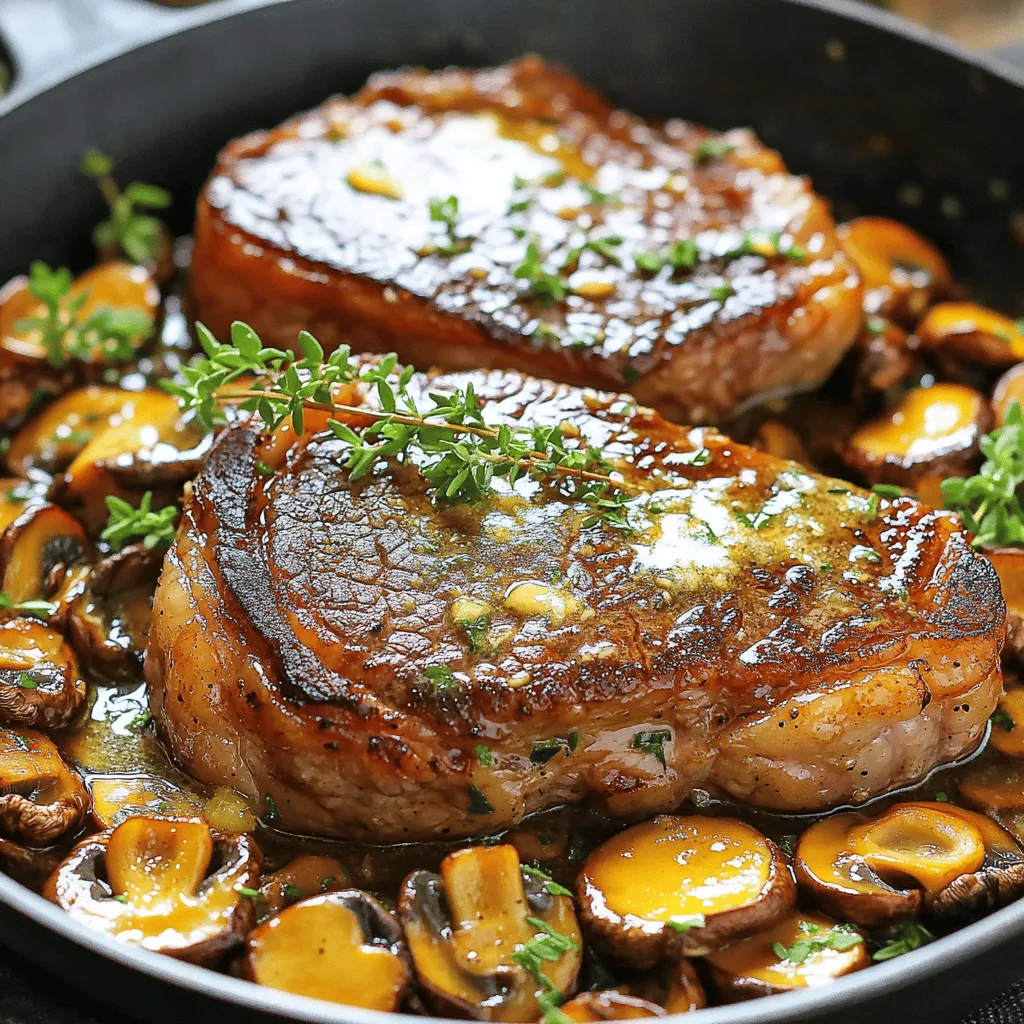
Variations
Different Types of Steaks
If you want to switch things up, try different cuts of steak. Options like sirloin or filet mignon can work well. Sirloin offers a leaner bite, while filet mignon is tender and buttery. Each cut gives a unique flavor and texture that can change your dish. Ribeye is rich and marbled, but experimenting can lead to delicious surprises.
Mushroom Alternatives
While cremini mushrooms shine in this recipe, you can explore other types too. Try using shiitake or portobello mushrooms for a different taste. Shiitakes have a meaty flavor, and portobellos add a nice texture. Mixing various mushrooms can create a fun blend of flavors. Just remember to adjust cooking times for different mushrooms, as they can vary in moisture.
Dietary Adjustments
If you need a gluten-free option, this recipe is easy to adapt. Ensure your butter and olive oil are gluten-free. For lower fat alternatives, choose leaner cuts of steak. You can also use less butter or olive oil. This way, you still enjoy a tasty meal while watching your fat intake. Always feel free to customize to your dietary needs!
Storage Info
Refrigeration Guidelines
To store leftover Garlic Butter Mushroom Steak Skillet, let it cool first. Place the dish in an airtight container. This keeps the flavors fresh and prevents drying out. You can store it in the fridge for up to three days. Always check for any signs of spoilage before eating leftovers. If it smells off or looks strange, it’s best to toss it.
Freezing Instructions
You can freeze this dish for a longer shelf life. First, let it cool completely. Then, transfer it to a freezer-safe container. Make sure to leave some space for expansion when it freezes. This dish can last in the freezer for about three months.
When you’re ready to enjoy it again, thaw it in the fridge overnight. For reheating, use a skillet over medium heat. This helps maintain the steak’s tenderness and the mushrooms’ flavor. You can also add a splash of butter or broth while reheating for extra moisture. Enjoy your flavorful delight!
FAQs
How long should I cook ribeye for medium-rare?
For medium-rare ribeye, cook it for about 4-5 minutes on one side and 3-4 minutes on the other. Use a meat thermometer to check. The internal temperature should reach 130-135°F. This gives you a juicy and tender steak, just how I like it!
Can I use pre-sliced mushrooms?
Yes, you can use pre-sliced mushrooms. They save time and are easy to find. However, fresh mushrooms have better flavor and texture. Pre-sliced mushrooms may also be less firm. I often prefer slicing my own for that extra taste.
What should I serve with Garlic Butter Mushroom Steak Skillet?
This dish pairs well with creamy mashed potatoes or seasonal vegetables. You can also serve it with a crisp salad. These sides add balance to the rich flavors of the steak and mushrooms. Try a rustic wooden board for a stylish presentation!
This blog covered how to make a delicious Garlic Butter Mushroom Steak Skillet. You learned about essential ingredients, cooking techniques, and how to present your dish nicely. Remember to choose fresh thyme and parsley for added flavor. Don’t rush the cooking process; let the steak rest for best results. With these tips and variations, you can adapt the recipe to your taste. Experiment with different mushrooms and steak cuts. Now it’s time for you to enjoy making this dish and impress your friends or family!
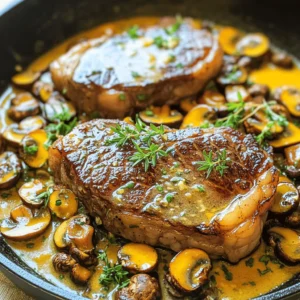




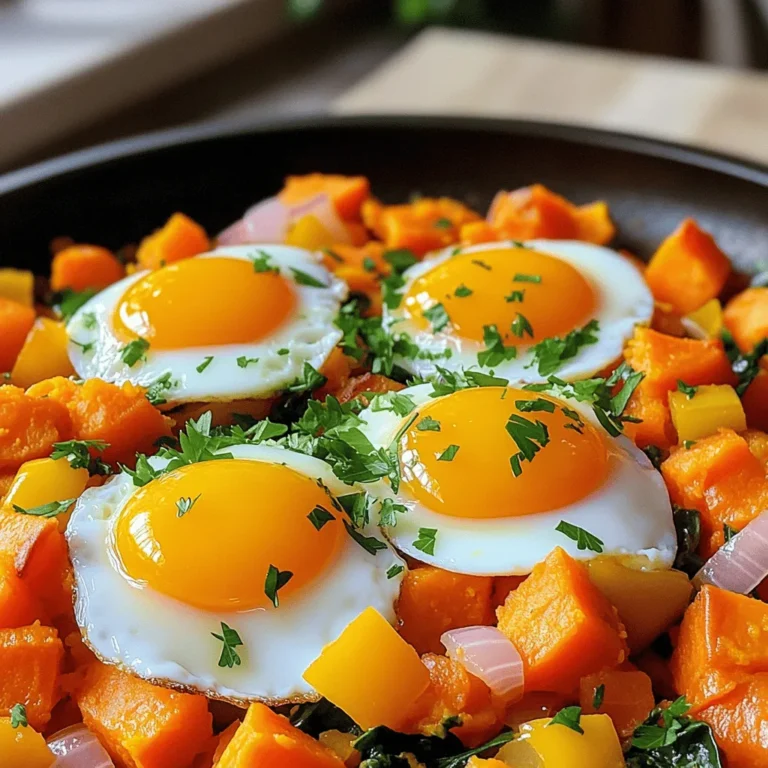
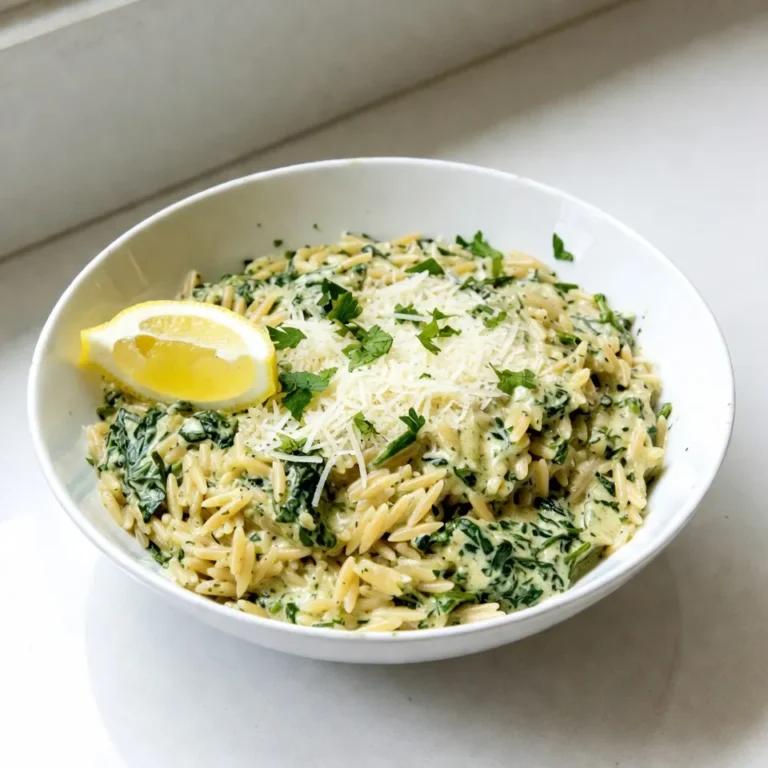
![- 2 medium sweet potatoes, peeled and cut into ½-inch cubes - 1 can (15 oz) black beans, drained and thoroughly rinsed - 1 can (14 oz) diced tomatoes, including their juices - 1 medium onion, finely chopped - 2 cloves garlic, minced - 1 red bell pepper, diced - 2 tablespoons olive oil - 2 tablespoons chili powder - 1 teaspoon ground cumin - ½ teaspoon smoked paprika - 1 cup vegetable broth - Salt and pepper, to taste To make my sweet potato and black bean chili pop with flavor, I focus on fresh ingredients. The sweet potatoes provide a creamy texture and a hint of sweetness. I use black beans for protein and fiber, which makes this dish filling. The diced tomatoes add acidity and moisture, balancing the flavors. Aromatics like onion, garlic, and red bell pepper create a fragrant base. Olive oil helps to sauté these ingredients, unlocking their full taste. I season the chili with chili powder, cumin, and smoked paprika. These spices bring warmth and depth to the dish. Vegetable broth adds richness, making the chili hearty and satisfying. Don’t forget to season with salt and pepper to taste; this step enhances every bite. - Fresh cilantro - Avocado slices For extra flavor, I love to add fresh cilantro on top. It gives the chili a fresh kick. Avocado slices add a creamy touch, making each bowl even more delicious. The chili is packed with nutrients. One serving has about 300 calories. It offers a good mix of proteins, carbs, and healthy fats. Each ingredient brings its own health benefits: - Sweet Potatoes: High in vitamins A and C, they support your immune system. - Black Beans: Rich in fiber, they aid digestion and keep you full. - Diced Tomatoes: Loaded with antioxidants, they help fight inflammation. - Aromatics: Onions and garlic have heart health benefits. - Olive Oil: Contains healthy fats that support brain health. Enjoying this chili not only warms your belly but also fuels your body with great nutrition. For the full recipe, you can check out my Sweet Potato and Black Bean Chili. How to Prepare and Cut Sweet Potatoes To start, grab two medium sweet potatoes. Use a peeler to remove the skin. Cut them into ½-inch cubes. This size helps them cook evenly. Place the cubes in a bowl of water to prevent browning. Tips for Cooking Aromatics For the aromatics, chop one medium onion finely. Mince two cloves of garlic. Dice one red bell pepper. These add flavor and depth. Heat two tablespoons of olive oil in a large pot over medium heat. Once hot, add the onion. Sauté for about 3-4 minutes until soft. Detailed Instructions for Sautéing and Simmering Next, stir in the minced garlic and diced bell pepper. Cook for an additional two minutes until fragrant. Now, add the sweet potato cubes. Stir well and cook for about five minutes. This helps to soften them before the chili cooks. Sprinkle in two tablespoons of chili powder, one teaspoon of ground cumin, and ½ teaspoon of smoked paprika. Season with salt and pepper. Stir until the sweet potatoes are coated with the spices. Then, pour in a can of diced tomatoes and one cup of vegetable broth. Timing for Each Step Bring the mixture to a gentle boil. Then, lower the heat and cover the pot. Let it simmer for 25-30 minutes, or until the sweet potatoes are fork-tender. After this, add one can of drained and rinsed black beans. Simmer for another 5-10 minutes to warm them through. Adjusting Seasoning Before Serving Taste the chili and adjust seasoning as needed. Add more salt or pepper if you like. This helps enhance the flavors. Presentation Recommendations Ladle the hot chili into deep bowls. Drizzle a little olive oil over the top for richness. Garnish with freshly chopped cilantro. If you love creaminess, add slices of avocado on top. For the full recipe, check out the details above. To make the best sweet potato chili, start with the sweet potatoes. Cut them into small, even cubes. This helps them cook faster and evenly. I always peel them for a smoother taste. Cook them until they are soft but not mushy. This gives your chili the right texture. When cooking aromatics like onion and garlic, avoid burning them. Use medium heat and stir often. If they start to brown too fast, lower the heat. This way, you keep their sweet flavor. A little patience goes a long way. To make your chili even better, try adding more spices. A pinch of cayenne or a splash of hot sauce can add a kick. You can also add smoked paprika for a deeper flavor. Each spice brings something unique to the table. Experiment and find what you like best! If you want heat, add jalapeños or other fresh peppers. Dice them small to mix in well. Start with a small amount, then taste and adjust. You can always add more, but it’s hard to take it out! For a complete meal, serve your chili with bread or rice. I love cornbread with mine for a classic touch. It adds a nice crunch and sweetness. You can also serve it over rice for a filling option. Want to add a fresh touch? Serve with lime wedges and sour cream. They brighten the dish and cool the heat. If you want a healthy twist, add avocado slices on top. They give a creamy finish and pair well with the chili. For the full recipe, visit the link provided. Enjoy your cooking adventure! {{image_4}} You can easily switch up the beans in this chili. Try using pinto beans or kidney beans for a new twist. They offer a different taste but still pair well with sweet potatoes. If you prefer a meat option, ground turkey or beef can be added. Just brown the meat before adding other ingredients. For vegan or vegetarian choices, this recipe is perfect as is. It uses no animal products. You can add tofu or tempeh for extra protein if desired. Both options blend well with the flavors of the chili. You can make this chili in a slow cooker. Just add all your ingredients into the cooker. Set it on low and let it cook for 6-8 hours. If you want a quicker option, use an Instant Pot. Cook on high pressure for 10 minutes, then let it release naturally. Both methods create a rich flavor. Feel free to add seasonal vegetables to your chili. Zucchini, corn, or bell peppers can enhance the dish. They bring freshness and crunch to each bite. When the weather changes, you can adapt the chili. In colder months, add warming spices like cinnamon or nutmeg. On hot days, serve it chilled or over a salad for a refreshing twist. For the full recipe, click here: [Full Recipe]. To keep your chili fresh, store it in an airtight container. Place it in the fridge as soon as it cools down. This helps keep flavors strong. Sweet potato and black bean chili lasts about 3 to 5 days in the fridge. If you want to save some for later, freezing is a great option. Portion out your chili into smaller containers. Make sure to leave some space at the top, as it will expand when frozen. Sweet potato and black bean chili can last up to 3 months in the freezer. When you're ready to eat it, thaw it in the fridge overnight. For reheating, you can use the stove or microwave. If using the stove, heat on low until warm. Stir occasionally to prevent sticking. In the microwave, heat in short bursts, stirring in between. Always check the temperature. It should be hot all the way through. Chili is perfect for meal prep. You can make a big batch for the week. Serve it with rice or quinoa for a complete meal. You can also use the chili in other dishes. Try it in burritos, tacos, or even over a baked potato. This adds variety to your meal plan without much extra work. Check out the Full Recipe for more details on making this delicious dish! What can I serve with Sweet Potato and Black Bean Chili? You can enjoy this chili with warm cornbread, rice, or tortilla chips. A fresh salad also pairs well. For a complete meal, add avocado slices on top for creaminess. How spicy is this chili? This chili has a mild spice level. The chili powder adds flavor without too much heat. If you like it spicy, add some chopped jalapeños or hot sauce. Can I use fresh tomatoes instead of canned? Yes, you can use fresh tomatoes. Dice about four medium tomatoes. Just remember to adjust the liquid since fresh tomatoes have less juice than canned ones. How can I make this chili gluten-free? The ingredients in this chili are naturally gluten-free. Just check your chili powder and broth labels to ensure they are gluten-free. Is Sweet Potato and Black Bean Chili healthy? Yes, this chili is very healthy! Sweet potatoes are full of vitamins and fiber. Black beans offer protein and iron. Together, they make a nutritious meal. Can I eat it on a plant-based diet? Absolutely! This chili is plant-based and vegan-friendly. It’s a great choice for anyone looking to eat more plant-based meals. Enjoy it with confidence! This blog covered making a delicious Sweet Potato and Black Bean Chili. We discussed essential ingredients, health benefits, and cooking steps. You learned about tips for perfecting your chili and suggested variations to keep it fresh. Proper storage and meal prep ideas ensure you enjoy it later. Remember, this chili is flexible and healthy. Experiment with flavors and ingredients for your taste. Enjoy your cooking journey!](https://goldendishy.com/wp-content/uploads/2025/06/98b7eb11-b0dd-4c6d-9f71-53ea28c64add-768x768.webp)